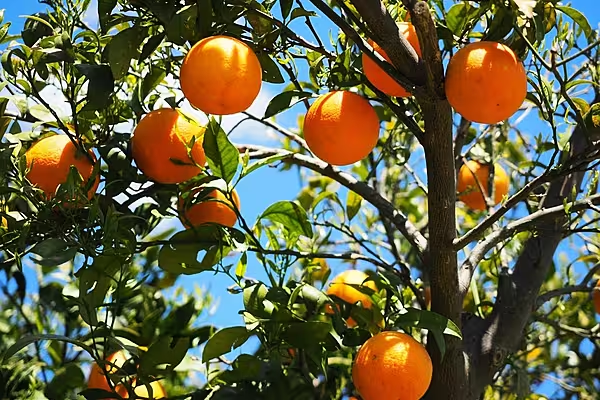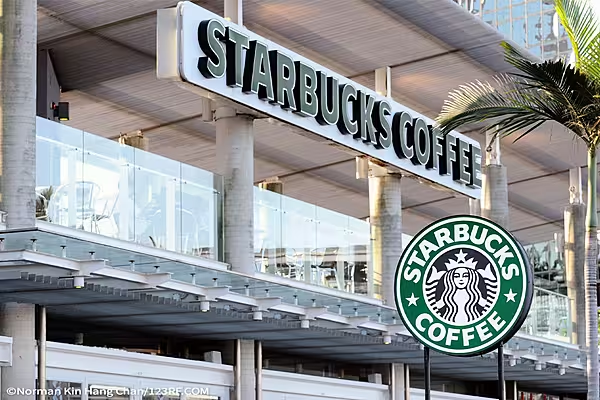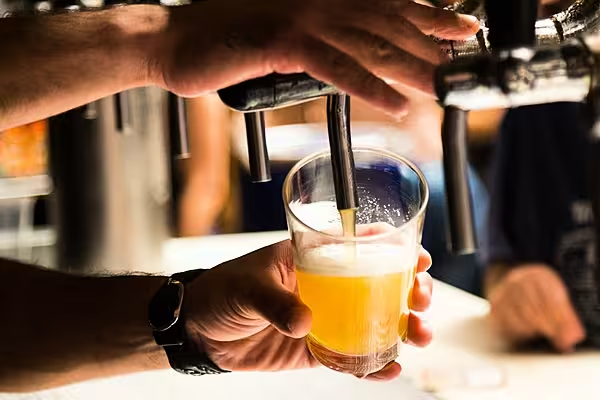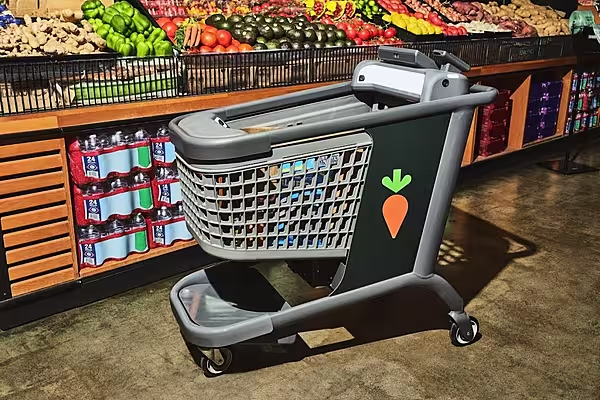From ancient elixirs to modern price squeezes, why are some aspects of the global fruit market getting the pip – and are others more appealing? Nick Peksa, managing director of Cost Insights Limited, reports. This article first appeared in ESM’s January/February 2025 edition.
The juicing of fruits and vegetables has a remarkable history, stretching back six millennia. It originated as a means of extracting their essence for preservation, cooking, and medicinal purposes.
From the Ancient Egyptians and Sumerians to the Essenes of Israel, who crushed pomegranates and figs around 100 BC, juicing has been deeply embedded in human culture.
The healing properties of juices gained prominence during the Middle Ages, and these trends seem to be re-emerging in modern times.
By the nineteenth century, industrial advancements revolutionised juicing, culminating in the twentieth century, with the rise of orange juice production in Florida, where surplus crops were converted into frozen concentrates, and later into chilled juices, to meet consumers’ needs.
Much like our medieval ancestors, modern consumers regard fruit as a magical health elixir, particularly in the form of smoothies, which have surged in popularity. However, today’s perspective strongly emphasises sustainability, favouring drinks made with authentic ingredients, a reduced sugar content, and ethical production.
Once a breakfast staple, juices have transitioned to being an everyday beverage, with an increasing focus on diverse formulations. Currently, Western Europe leads the way in juice product innovation, accounting for 30% of global product launches.
A Squeeze On Oranges
The global orange juice market faces significant challenges heading into 2025, driven by Brazil’s prolonged supply constraints, after five consecutive below-average harvests.
Adverse weather conditions – including droughts, the increase in greening incidents in the citrus belt, and high temperatures – have diminished fruit quality and juice yields, forcing processing plants to scale back operations.
We are now halfway through Brazil’s current marketing year (MY) for oranges, from July ’24 to June ’25. The Brazilian orange crop for MY 2024/25 is projected to reach 13 million metric tonnes (MMT), representing a decrease of 15%, compared to MY 2023/24, which stood at 15.42 MMT. The production for the current sea- son has been the lowest since 1988.
It is not just Brazil that has faced production challenges – the US has also encountered significant difficulties. The forecast for Florida oranges in 2024/25 looks to be 33% lower than last season’s figures and could decline further next year. The market conditions are so poor that one of Florida’s oldest citrus growers is shutting down, delivering yet another setback to the state’s beleaguered citrus industry.
Alico, a key supplier to Tropicana, has announced that it will not allocate any additional funds to citrus operations in Florida, following the current harvest (2025).
The first quarter of the new marketing year saw Brazil’s orange juice exports fall by 27%, compared to the previous year. However, rising prices boosted revenues by 42%, reaching $905.3 million.
This scarcity has driven global price increases, straining beverage companies and resulting in a decline in the direct consumption of orange juice, which has decreased by 15% to 25% in major markets, such as the EU and the US, over the past year.
Looking ahead to the second half of the year, recent rainfall in Brazil’s citrus belt could enhance fruit quality, however, the overall outlook remains limited, due to low yields and high production costs.
Europe remains the largest market for Brazilian orange juice, yet shipments to the Continent have fallen by 30.5%, reflecting broader supply constraints. Within the EU, citrus markets are also adjusting to changes in the supply chain, with increased imports from South Africa helping to balance the reduced shipments from Egypt and Morocco.
On average, EU orange prices rose by 17.1% above the five-year average in 2024, however, they remain approximately 9% lower than the problematic crop of last season. In recent weeks, the Spanish agricultural union Asaja-Andalucía has condemned citrus processors for purchasing juicing oranges at below-cost prices.
Production in Brazil is expected to recover in MY 25/26, largely due to the biannual production cycle typical of fruit trees.
However, an additional factor to watch is Canada’s potential imposition of retaliatory tariffs on American products, including orange juice, in response to Donald Trump’s threat to levy a 25% tariff on all Canadian goods.
This move could add further pressure to the Brazilian market.
Apples Shaken To The Core
Similar to that of oranges, the global apple market in 2025 is experiencing a mix of regional production. In the EU, apple prices have surged, trading 23.5% above the five-year average.
This rise is due to an 11.3% drop in production, attributed to adverse weather in major apple-growing countries, like Poland and Germany.
This situation has strained the supply of apples for processing and reduced exports to key markets such as the UK and Egypt, while imports from North Macedonia and Chile have increased to fill the gaps.
Similarly, the US and Türkiye are facing production declines due to unfavourable weather, with Türkiye’s output down by 600,000 tonnes.
In contrast, China’s apple production has grown by 3%, supported by favourable weather and high-yielding varieties, although domestic price competition remains intense.
Elsewhere, countries like Chile and South Africa are navigating production constraints through improved practices while maintaining stable outputs, whereas India and New Zealand are seeing increased production and consumption.
Global apple production is forecast to fall slightly, to 84 million tonnes, as losses in the EU, the US and Türkiye offset gains in China. Exports are expected to decline marginally, with reduced shipments from the US and Iran balanced by China’s increased exports to Asia.
Not all fruit markets are struggling like apples and oranges. Global table grape production for 2024/25 is forecast to rise by nearly one MMT, to 28.9 MMT, with increased output in China, India, and the US offsetting EU losses.
Similarly, global pear production is set to grow by nearly 400,000 tonnes, to 25.9 MMT, with gains in China outweighing weather-related declines in the US.
Pure Thoughts
The modern emphasis on clean-label and organic products mirrors the simplicity and authenticity valued in medieval times, when raw fruits and natural extracts were prized for their healing properties.
Just as our ancestors sought purity in their diets through unprocessed, wholesome foods, today’s consumers increasingly demand transparency, sustainability, and minimally processed options in their beverages.
Who knows where this return to basics, inspired by historical traditions, will lead? Perhaps next Christmas, people will emulate the Romans and celebrate with a notorious ten-bird roast.












